Why bars should be the 1st thing closed as COVID-19 cases rise, according to science


When COVID-19 cases started surging across the Sun Belt, Texas closed the bars. A few hours later, Florida followed suit, then California, then a day later, Arizona. "If I could go back and redo anything, it probably would have been to slow down the opening of bars, now seeing in the aftermath of how quickly the coronavirus spread in the bar setting," Texas Gov. Greg Abbott (R) said last Friday. The "bar setting, in reality, just doesn't work with a pandemic." This isn't puritanism, it's science. Bars are especially dangerous vectors of coronavirus transmission.
Public health experts say if people are going to leave their homes during the pandemic, they should maintain a distance of six feet from others, wear a mask to contain the saliva droplets and aerosolized breath that spread the virus, and stay outside as much as possible. Bars, one study in the journal Emerging Infectious Diseases put it, promote "heavy breathing in close proximity."
Bars are "the opposite of social distancing," Dr. David Hamer at Boston University School of Medicine tells The Associated Press. "Can you do social distancing at a bar? Can you wear a mask while drinking?" Drinking alcohol also lowers inhibitions and makes people more likely to flout safety precautions, especially the younger people who go to flirt and socialize at bars, added Natalie Dean, an infectious diseases expert at the University of Florida. "Young people have less severe illness, so they may be infected and able to infect others inadvertently."
The Week
Escape your echo chamber. Get the facts behind the news, plus analysis from multiple perspectives.

Sign up for The Week's Free Newsletters
From our morning news briefing to a weekly Good News Newsletter, get the best of The Week delivered directly to your inbox.
From our morning news briefing to a weekly Good News Newsletter, get the best of The Week delivered directly to your inbox.
Arizona epidemiologist Saskia Popescu tells AP it can be hard for public health agencies to trace outbreaks to any individual location when they are overwhelmed by spiking cases, but when the dust settles, bars will likely figure prominently in the hot spots.

"You can make a cocktail at home," Popescu suggests. In many states, bars can (more or less) safely sell you the ingredients.
A free daily email with the biggest news stories of the day – and the best features from TheWeek.com
Peter has worked as a news and culture writer and editor at The Week since the site's launch in 2008. He covers politics, world affairs, religion and cultural currents. His journalism career began as a copy editor at a financial newswire and has included editorial positions at The New York Times Magazine, Facts on File, and Oregon State University.
-
 Exploring ancient forests on three continents
Exploring ancient forests on three continentsThe Week Recommends Reconnecting with historic nature across the world
-
 The rise of the spymaster: a ‘tectonic shift’ in Ukraine’s politics
The rise of the spymaster: a ‘tectonic shift’ in Ukraine’s politicsIn the Spotlight President Zelenskyy’s new chief of staff, former head of military intelligence Kyrylo Budanov, is widely viewed as a potential successor
-
 How oil tankers have been weaponised
How oil tankers have been weaponisedThe Explainer The seizure of a Russian tanker in the Atlantic last week has drawn attention to the country’s clandestine shipping network
-
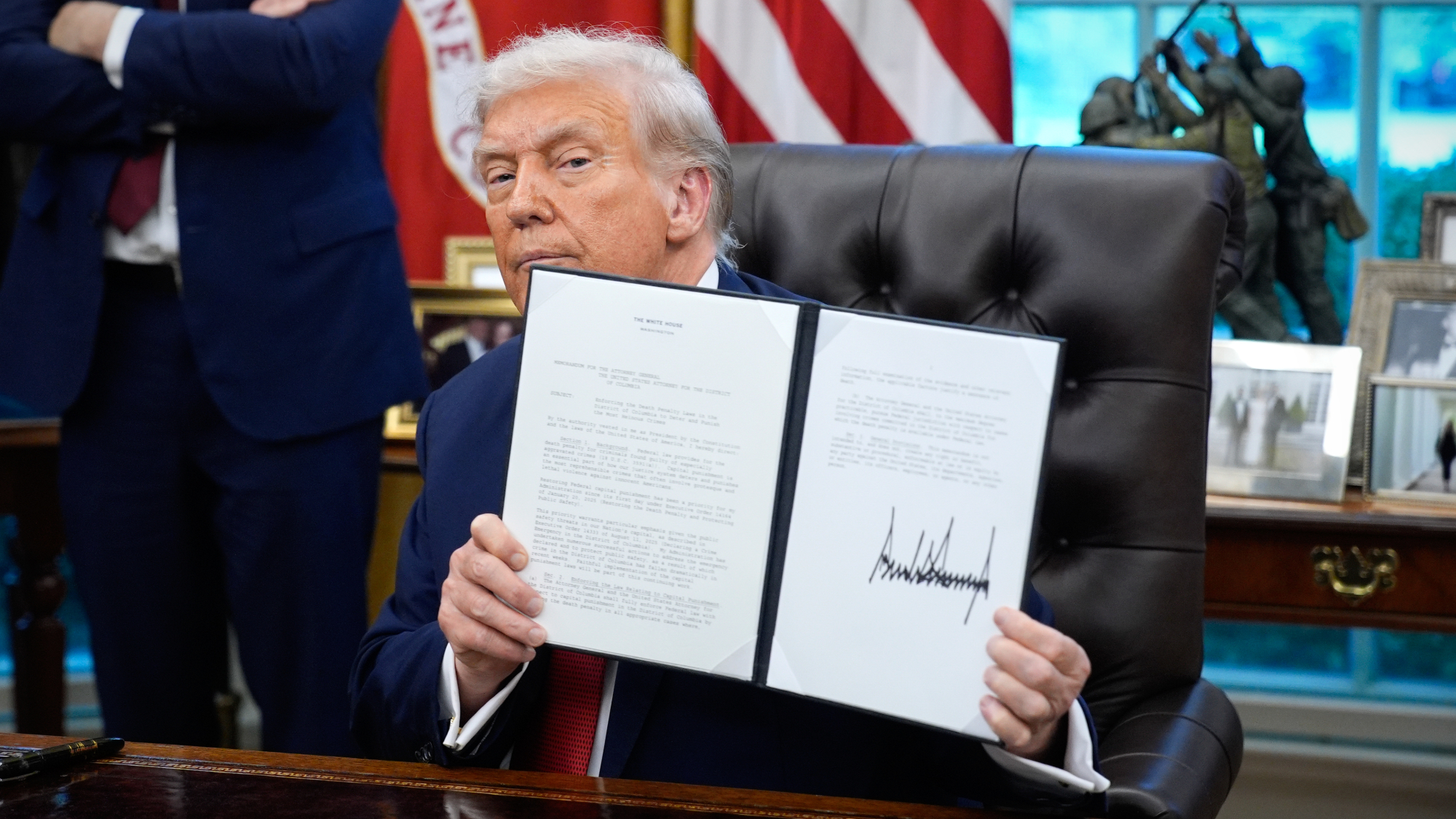 TikTok secures deal to remain in US
TikTok secures deal to remain in USSpeed Read ByteDance will form a US version of the popular video-sharing platform
-
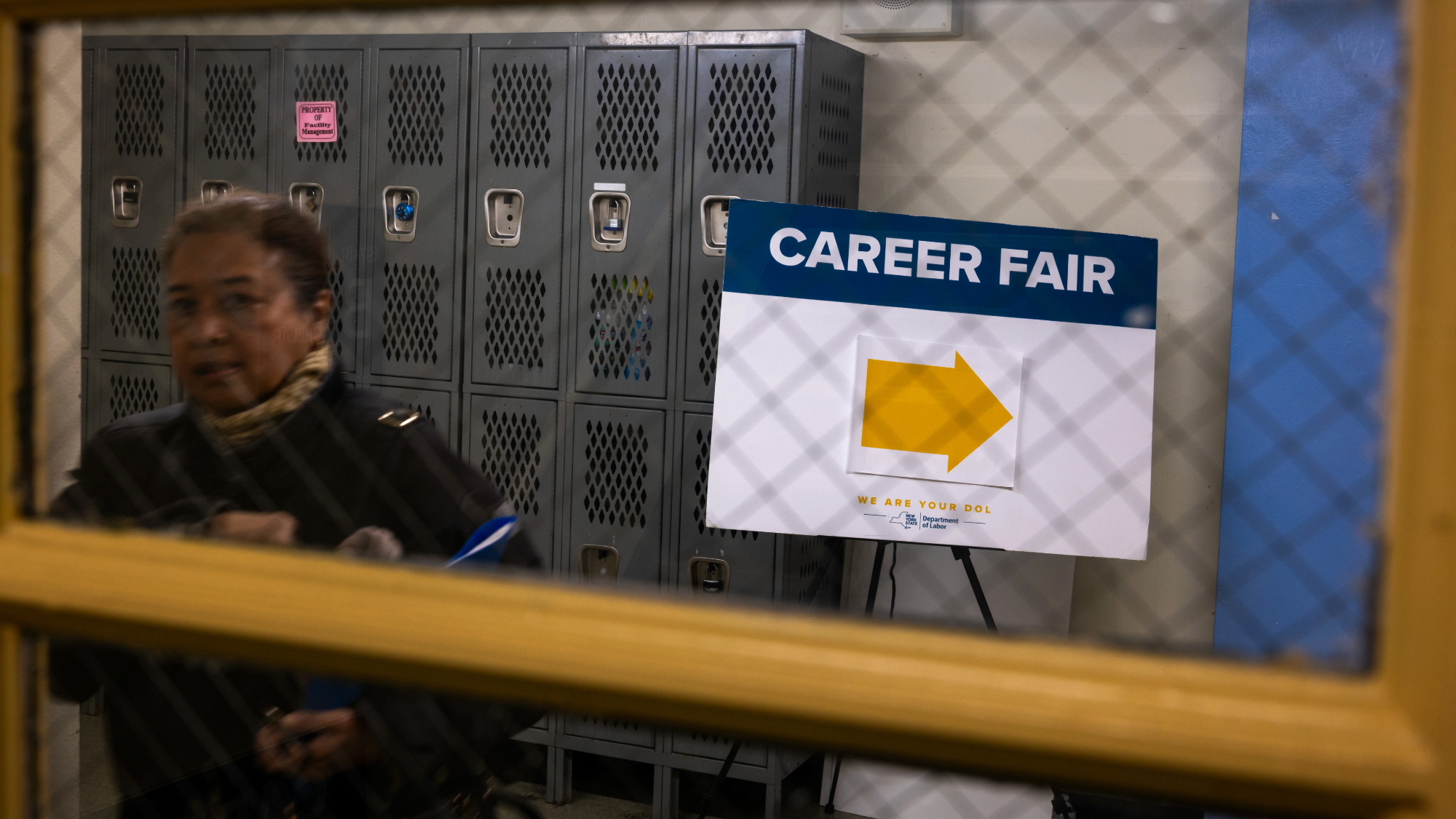 Unemployment rate ticks up amid fall job losses
Unemployment rate ticks up amid fall job lossesSpeed Read Data released by the Commerce Department indicates ‘one of the weakest American labor markets in years’
-
 US mints final penny after 232-year run
US mints final penny after 232-year runSpeed Read Production of the one-cent coin has ended
-
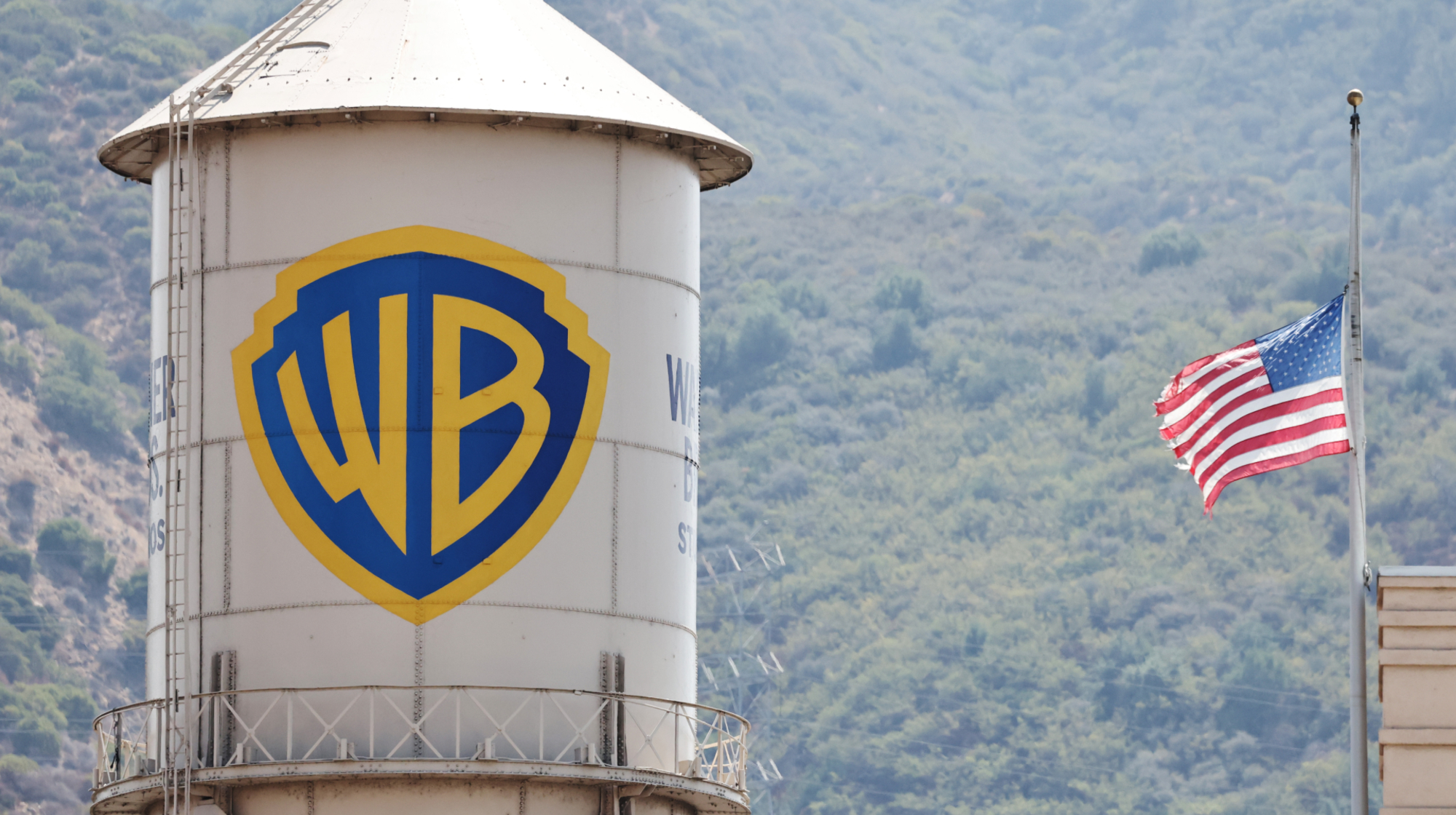 Warner Bros. explores sale amid Paramount bids
Warner Bros. explores sale amid Paramount bidsSpeed Read The media giant, home to HBO and DC Studios, has received interest from multiple buying parties
-
 Gold tops $4K per ounce, signaling financial unease
Gold tops $4K per ounce, signaling financial uneaseSpeed Read Investors are worried about President Donald Trump’s trade war
-
 Electronic Arts to go private in record $55B deal
Electronic Arts to go private in record $55B dealspeed read The video game giant is behind ‘The Sims’ and ‘Madden NFL’
-
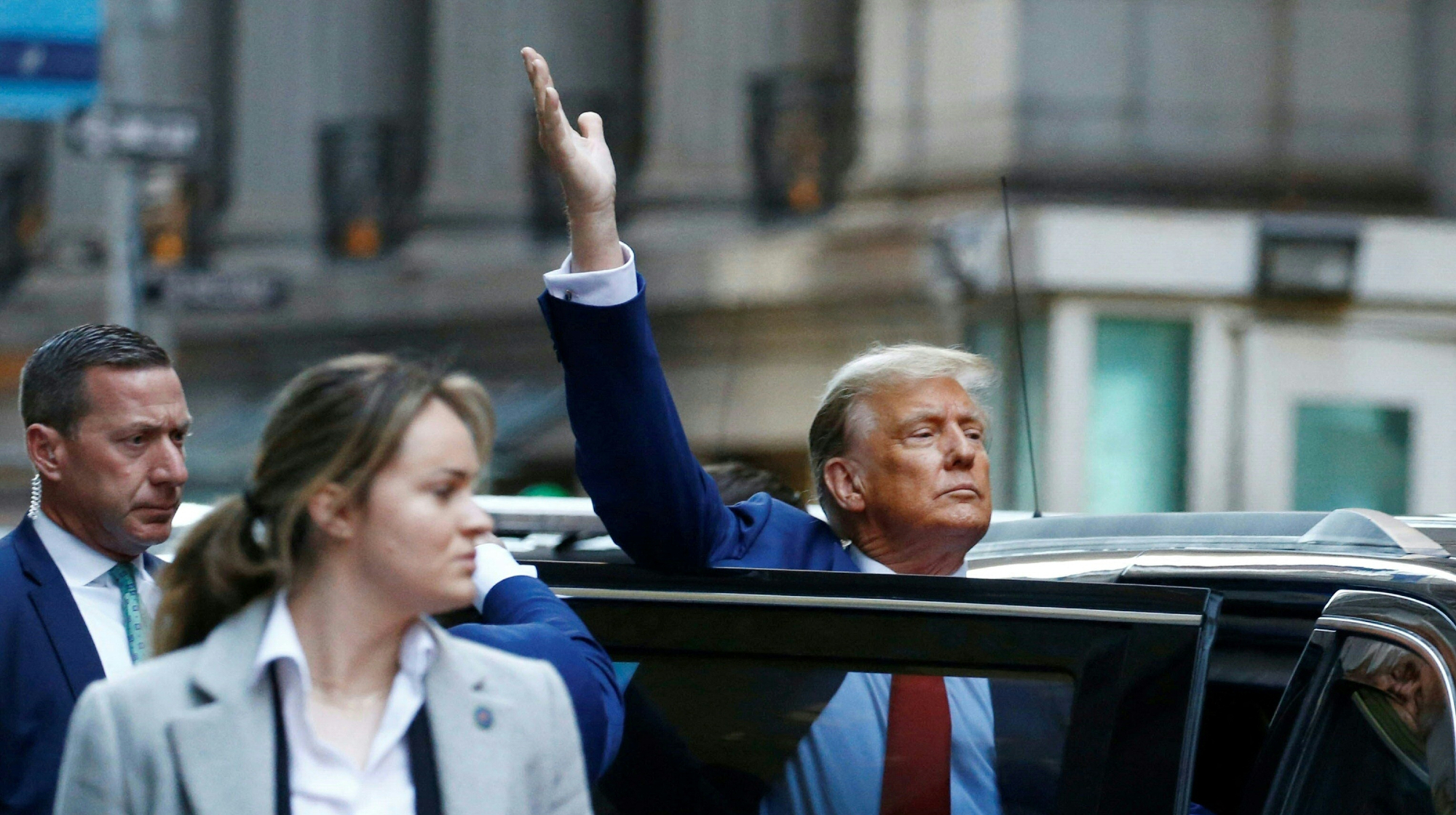 New York court tosses Trump's $500M fraud fine
New York court tosses Trump's $500M fraud fineSpeed Read A divided appeals court threw out a hefty penalty against President Trump for fraudulently inflating his wealth
-
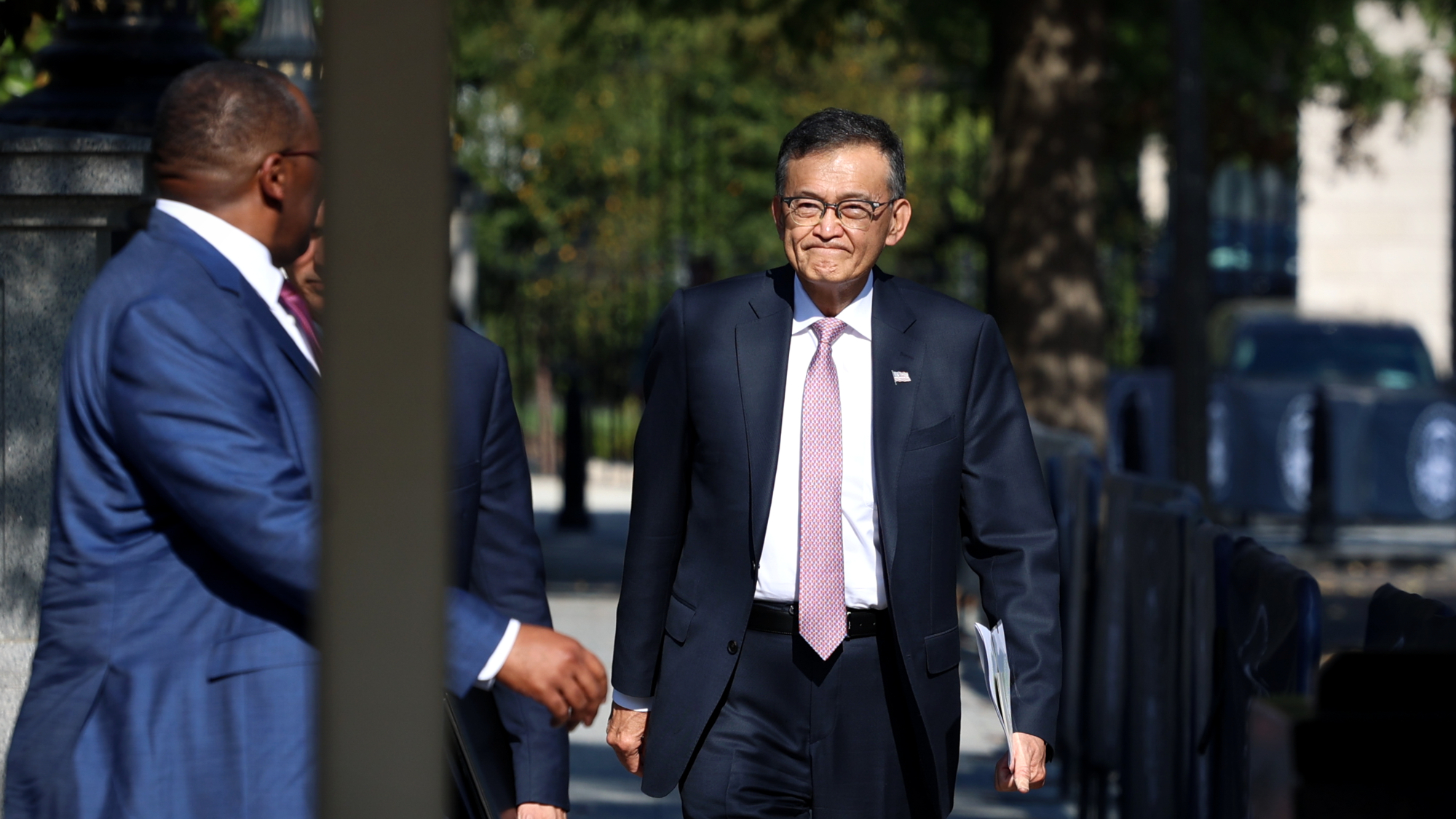 Trump said to seek government stake in Intel
Trump said to seek government stake in IntelSpeed Read The president and Intel CEO Lip-Bu Tan reportedly discussed the proposal at a recent meeting
